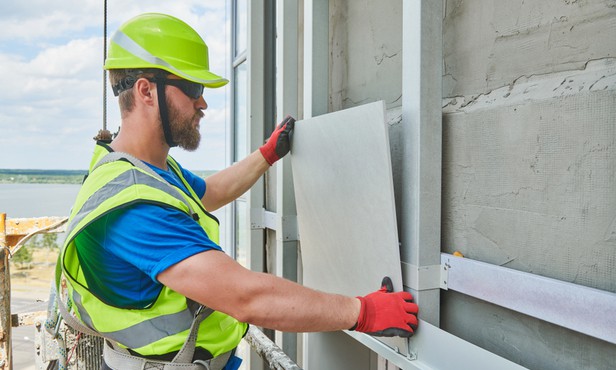
The RICS guidance comes into place on 5 April 2021 and clarifies which types of properties will, and will not, require additional inspections due to concerns about fire safety.
Reynolds said: “Whilst all stakeholders are now in discussions about how this is implemented, the market will have to wait to see how effective it is.
“The guidance is quite clear on when an EWS1 form is to be used and when it is not required.”
Despite this, Reynolds said that what needs to be considered is if a form is not needed or requested, where that leaves both the mortgage holder and the lender.
He said: “Where it is not requested, it will have a positive effect on the price of the property, but does it mean the property is any safer than pre 5 April?”
Reynolds added that while all these new processes are seen as a way to help provide clarity to the market, there is still a need to campaign for a fully funded transparent government solution.
This campaign would be designed to ensure that all householders are safe and well and that the properties are fit for both living and sale.
He added: “The balance between economic stability and health and wellbeing needs to be maintained.”



